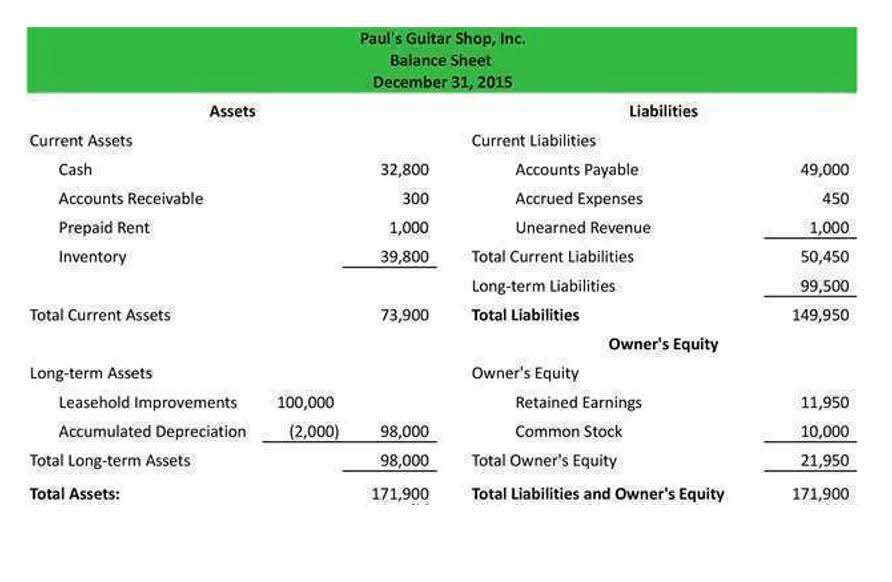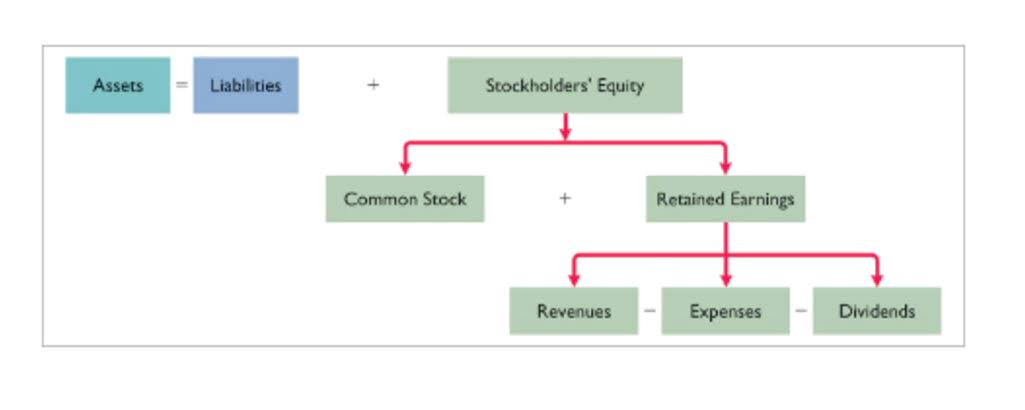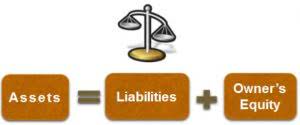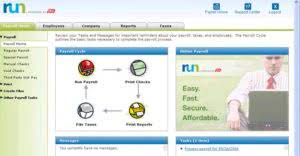This content is for general information purposes only, and should not be used as a substitute for consultation with professional advisors. The most common form of a stock split is 2-for-1 or 3-for-1, it means one share will be split into 2 or 3 share while the price of two or three share equal to one share before split. 2Many other laws have been passed over the differential costs years that have been much more effective at protecting both creditors and stockholders.
Issuing Preferred Stock
Thus, the laws of Delaware set the rights of the common stock shares for this company. The most mysterious term on a set of financial statements might well be “par value.” The requirement for a par value to be set was created decades ago in connection with the issuance of stock. It is printed on the face of a stock certificate and indicates (again depending on state law) the minimum amount of money that owners must legally leave in the business. DeWitt carries the $ 30,000 received over and above the stated value of $200,000 permanently as paid-in capital because it is a part of the capital originally contributed by the stockholders. However, the legal capital of the DeWitt Corporation is $200,000. At the time of the formation of the corporation, the market value of our common stock cannot be determined yet.
Reissuing Treasury Stock above Cost
Sometimes companies buy back shares to be used for employee stock options or profit-sharing plans. Just after the issuance of both investments, the stockholders’ equity account, Common Stock, reflects the total par value of the issued stock; in this case, $3,000 + $12,000, or a total of $15,000. The amounts received in excess of the par value are accumulated in the Additional Paid-in Capital from Common Stock account in the amount of $5,000 + $160,000, or $165,000. A portion of the equity section of the balance sheet just after the two stock issuances by La Cantina will reflect the Common Stock account stock issuances as shown in Figure 14.4. If this stock was not selling on a stock exchange, fair value might not be apparent.
In accounting, this term describes the total finance received from a company’s shareholders over the years. Companies may also refer to it as ordinary stock, which represents the same concept. In most circumstances, common stock is the only type of equity instrument that companies may issue. In the company as a corporation, we may issue the common stock for cash for expanding the business operation.
Issuing no-par common stock
In this journal entry, the credit of the common stock is the entire proceeds we receive from issuing of the common stock. As the common stock has no par value, regardless of how high the market value is, there won’t be any additional paid-in capital involved here. In general, the cost of the non-cash asset is either the fair value of the common stock given up or the fair value of the non-cash asset received. Of course, the fair value of the common stock is usually used if it is available since it is more reliable. Theoretically, common stock can be issued at par value, no par value, at stated value, or for non-cash assets. The number of shares outstanding always equal to or less than the number of shares issued.
However, if there is no available balance in the additional paid-in capital account, we will need to debit the retained earnings account instead. It is useful to note that in many jurisdictions, issuing the common stock below par value is not allowed and is considered illegal. Additionally, even though some jurisdictions allow the issuance of the common stock below its par value, such activity is usually very rare. In this case, we will record the land in the balance sheet as $50,000 ($10,000 x 5,000 shares) even though the land was put on sale for a different price (e.i. $60,000).
- Before understanding the accounting for the allotment of common stock, it is crucial to know what it is.
- Common shares represent ownership in a company, and holders of common shares are entitled to a share of the company’s profits and assets.
- Stock can be issued in exchange for cash, property, or services provided to the corporation.
Capitalization of Retained Earnings to Paid-Up Capital
In the above journal entries, the debit side involves the bank account. However, some companies may also issue shares in exchange for other instruments, for example, convertibles or warrants. Similarly, some companies may offer stock to pay suppliers for their products or services. Nonetheless, the credit side will remain the same in most share issues.
Duratech will pay the market price of the stock at $25 per share times the 800 shares it purchased, for a total cost of $20,000. The following journal entry is recorded for the purchase of the treasury stock under the cost method. When a company issues new stock for cash, assets increase with a debit, and equity accounts increase with a credit.
The company can make the journal entry for the issuance of common stock for cash at par value by debiting the cash account and crediting the common stock account. The no-par value stock refers to the common stock that has no par value. This means that the stock is issued without assigning a stated value. Therefore, the amount that a corporation received, both cash or non-cash assets, becomes the legal capital; hence such amount is recorded entirely as common stock. When a corporation issues common stock at par value, the amount of cash or non-cash assets received equal to the value of the common stock. This means that the outstanding value of common stock and the asset received are at the same value.
And the real value of how much a company’s shares are actually worth and sold for is the market value, not the par value. The par value of the common stock nowadays is usually just the number on the paper. Stock split is the process of dividing the current share number into multiple new shares to boost the stock liquidity. The company simply increase the number of outstanding share by a specific time and keep the total dollar value of share the same.
The excess amount of $50,000 ($150,000 – $100,000) ended up on the share premium account. The debit side will include the full amount of the finance received. Hence, we may come across the circumstance in which the common stock has no par value (e.i., no par value registered on the stock certificate). In this case, when we issue the common stock, we will need to record the entire amount of cash received to the common stock account without additional paid-in capital involved. This journal entry for issuing the common stock for the $100,000 cash will increase the total assets and total equity on the balance sheet by the same amount of $100,000 as of January 1.
To illustrate, assume that what is the kiddie tax and how does it work a potential investor is willing to convey land with a fair value of $125,000 to the Maine Company in exchange for an ownership interest. During negotiations, officials for Maine offer to issue ten thousand shares of $1 par value common stock for this property. The shares are currently selling on a stock exchange for $12 each. The investor decides to accept this proposal rather than go to the trouble of trying to sell the land.
















